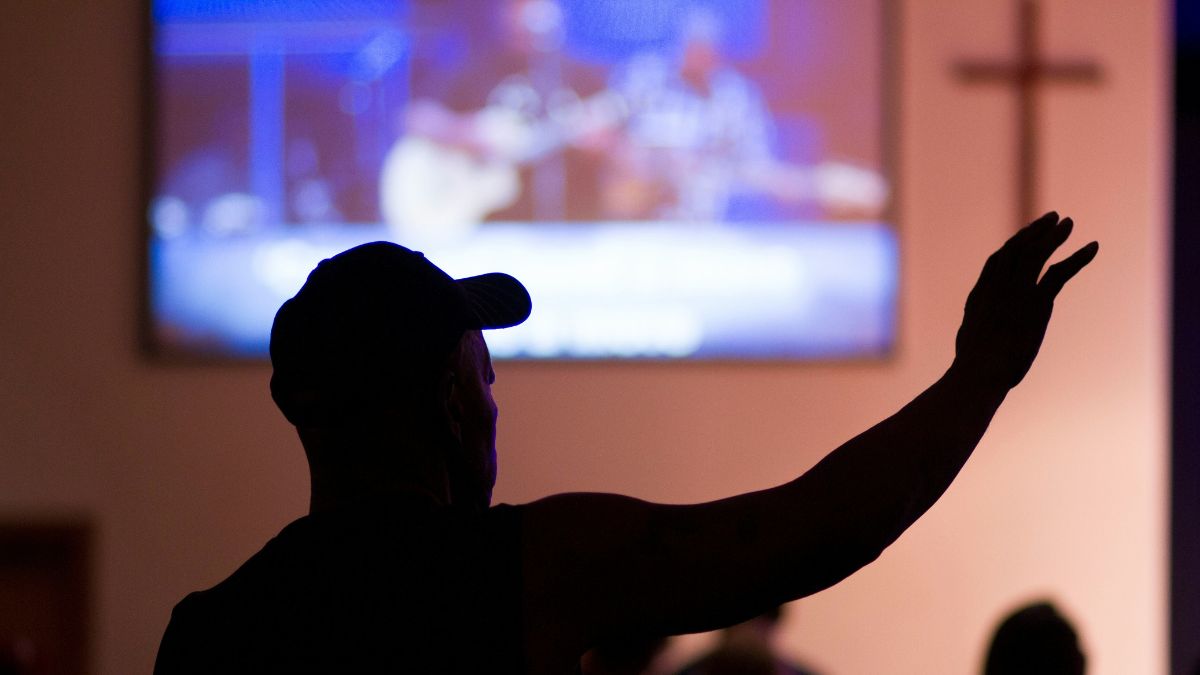

BreakPoint
Who Threw the First Punch?
A recent headline in Portland, Oregon, warns: "[The] Religious Right's Grip on the Republican Party Is a Disturbing Trend." A Denver paper announces: "Group to fight the influences of the far right." And a Kentucky paper welcomes the recent stemming of the statewide conservative tide with a headline pronouncing: "The Limits of Extremism." Judging by such alarmist talk, one would think that the Religious Right constitutes the greatest threat to liberty since communism. Yet this would be a complete misreading of the historical process that led to Christians taking an active role in politics. Far from being the aggressors in this nation’s cultural wars, religious conservatives are in fact simply responding to the relentless secularization of American life. The roots of the movement go back to the decades following the Scopes evolution trial. In those days American evangelicals largely withdrew from political life. There was a strong conviction that the Gospel was to be kept separate from politics. There was a time when the positive influence of Christianity in our society was generally respected. Liberal Supreme Court Justice William O. Douglas, a strong civil libertarian, in the 1952 Zorach case stated: "We are a religious people whose institutions presuppose a Supreme Being. . . . When the state encourages religious instruction or cooperates with religious authorities . . . it follows the best of our traditions. For then it respects the religious nature of our people and accommodates the public service to their needs." Scarcely a decade later the Supreme Court, in an astonishing reversal, declared in the Engel and Abington cases that prayer and Bible reading in public schools were to be outlawed. The school prayer cases signaled the opening of a Pandora's box. Case after case was decided against the traditional values of our country, culminating in 1973 with Roe v. Wade. In that decision the Supreme Court ruled that the killing of human life at its earliest stages was now a constitutionally protected practice. The changes in American life weren't limited to the law. School boards discovered programs like values clarification that—far from being neutral—were clear assaults on Christian values. Condoms were made available in schools while anything religious was forbidden. It had become clear that there was an unprecedented assault upon the traditional moral fabric of the country. People of good conscience could sit still no longer. What followed was what Harvard Professor Nathan Glazer has called a "defensive reaction in the conservative heartland." The Religious Right is not trying to impose its beliefs upon the nation. It grew out of what it perceived as the moral disintegration and secularization of our society. The participation of religious conservatives in the political process will continue to be one of the hottest issues throughout the primary and election season. It's up to us to remind our friends and neighbors that the Religious Right is not a subversive fifth column in the American body politic. It is made up of Christians and others of good will who are seeking only to defend the historic role of the Christian faith in providing the moral strength and resources necessary for the survival of a free society. The things which even William O. Douglas called "The best of our tradition."
03/5/96















